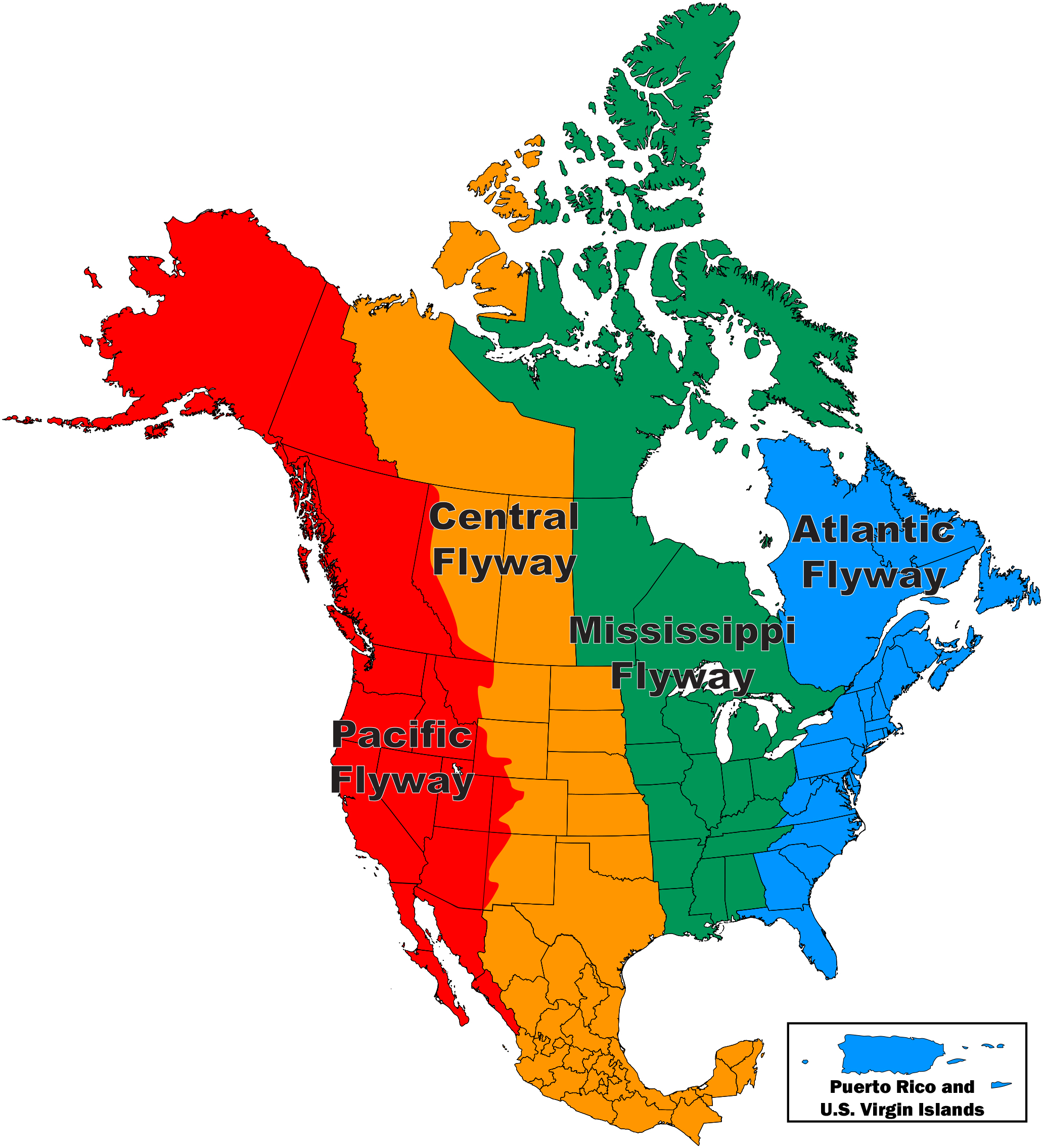The Mississippi Flyway: Playground for wintering birds and waterfowl
Arkansas is a year-round location for travelers from near and far. But the colder temperatures bring a different type of “tourist,” mainly wintering birds and other fowl escaping the cold of the north. The reason? The Mississippi Flyway.
The flyway is considered one of the largest routes for migrating birds, with over 300 species traveling the route as they relocate to their winter getaways in the southern U.S., Mexico and Central America. The flyway is a great opportunity for birdwatchers of all levels and even those just wanting to learn more about and see some of our wintering visitors.
The Mississippi Flyway is an important part of protecting these 300+ species of our feathered friends. Throughout the Arkansas Delta you can find Audubon-designated International Bird Areas (IBAs). The IBA program is an international effort to identify the areas most important for long-term bird protection.

These are a few of the IBAs you can find across the Lower Delta:
- The Dale Bumpers White River National Wildlife Refuge in St. Charles was established in 1935 for the protection of migratory birds. It is one of the most important areas for wintering waterfowl in North America. Long and narrow, and varying from one quarter mile to 10 miles wide and approximately 60 miles long, the refuge is one of the largest remaining bottomland hardwood forests in the Mississippi River Valley. Its fertile forests and some 300 lakes are interlaced with streams, sloughs and bayous. The result is a haven for a myriad of native wildlife and migratory birds.


- Lake Chicot in Lake Village is Arkansas’ largest natural lake and the largest oxbow lake in North America. It’s also part of the Mississippi Flyway and attracts migrating ducks and geese during the fall and winter, as well as ibises, egrets and storks. Lake Chicot State Park offers special events throughout the winter months allowing participants to view the migrating visitors.

To learn more about the Important Bird Areas across The Natural State, visit https://delta.audubon.org/iba-site-descriptions.
